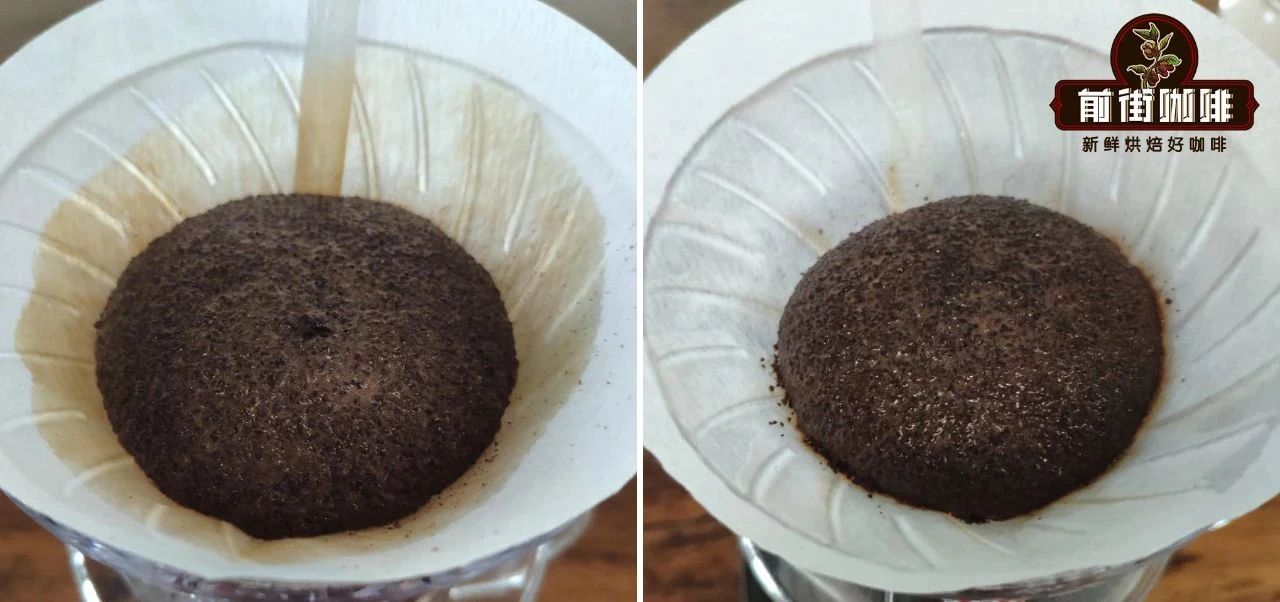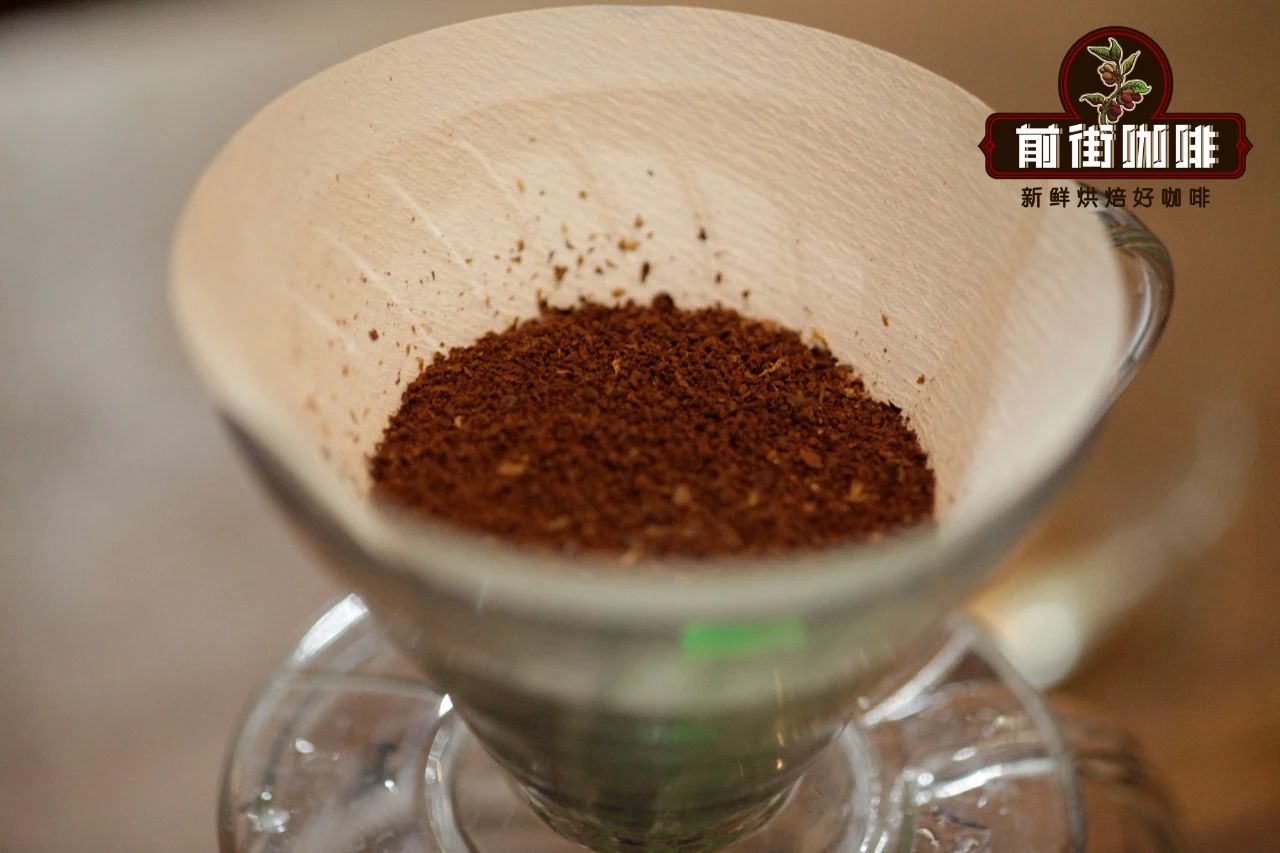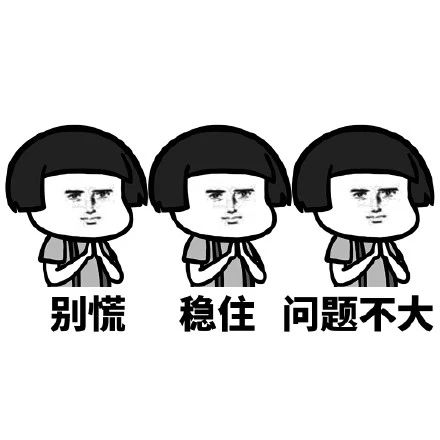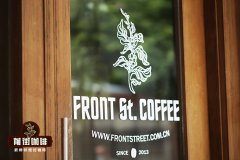Why do you need wet filter paper to make coffee? Will the unwet filter paper of hand-made coffee taste bad?
I believe that friends who are used to making wet filter paper for coffee will more or less hear the voices of these questions. How do people deal with these voices?
An awkward but polite smile
B, aloof eyes
C. painstaking explanation
D, you are right

Wet or non-wet?
In the early years, when I was still surfing the Internet, I had the privilege of witnessing an "academic debate" between two groups of netizens on this issue.

Here is the main point of this debate:
Positive side: wet filter paper pie (mainstream faction) the opposite side: non-wet filter paper pie
Square argument | filter paper tastes good, wet filter paper needs to be washed.
It smells like paper on the filter paper.
Times have changed, and drifting filter paper is tasteless and pollution-free. | the opposing party argues.

Square argument | Wet filter paper can also preheat filter cup and sharing pot.
This problem can also be done with non-wet filter paper. | two arguments on the opposite side.
But after the wet filter paper is poured into the coffee powder, it will be extracted in advance.
Square argument | the coffee liquid in the front section of the non-wet filter paper will be absorbed by the filter paper
The brown color of the filter paper is a good proof.
Non-wet filter paper can better vaporize and exhaust. | | three arguments between the opposing party |

Square argument | the most important thing for wet filter paper is to fit the filter cup.
Depending on the weight of coffee powder, | four arguments on the opposing side
It fits well without wetting.
……
Wet and not wet, should no longer be a problem!
Whether it is wet filter paper pie or non-wet filter paper pie, they say that the views discussed are opposite but reasonable. So do you want wet filter paper or non-wet filter paper? [practice is the only criterion for testing truth]
For the previous street, a comparative experiment of wet filter paper and non-wet filter paper was carried out, the details are as follows:

It can be seen that the biggest debate about wetting and non-wetting is that sticking the filter cup will not be a problem at all. Whether the filter paper fits completely with the filter cup depends on the matching degree between the filter paper and the filter cup. How to wet the filter paper with poor matching will not completely fit. Moreover, it is also related to personal habits, and the fitting state of some partners' non-wetting filter paper will be better than that of wet filter paper.

The second biggest debate about paper flavor, now large brands of filter paper are bleached with bioactive enzymes, which can effectively remove the smell of logs, and these technologies are widely used in the field of medicine, and their harm is close to zero. The big-brand filter paper is only 30 cents a piece (rounded is for nothing), and the quality is reliable. Of course, if you buy log filter paper or have quality problems (with a bad smell), it is recommended to flush the filter paper or stop using it.

Finally, it is about the change of taste. In practice, it is concluded that the difference is not obvious, almost the same. In other words, in a stable grasp of the five major parameters of coffee brewing, the wet filter paper does not matter for the flavor, as for the preheating problem of the filter cup, if the filter cup made of resin is used, it will not be a big problem, and the resin material will not absorb heat and keep warm. There is little difference between preheating or not. As for glass or ceramic filter cups, wet the filter paper in the process of preheating.
Finally, with the development of the times, the utensils of coffee are also improving, and the brewing technology is also being improved. now, there is no room for debate on whether the filter paper should be wetted or not. Follow your own habits and like wet filter paper. It's okay to get used to non-wet filter paper!

Important Notice :
前街咖啡 FrontStreet Coffee has moved to new addredd:
FrontStreet Coffee Address: 315,Donghua East Road,GuangZhou
Tel:020 38364473
- Prev

What is Yingde No. 9 Black Tea? the difference between Yinghong No. 9 and Yingde Black Tea and the introduction of its grading system
How did you get the name? Yinghong No. 9 tea is much more famous than Yingde black tea. This is the top of Yingde tea, and it is also the name of tea tree. Do you know where this strange name comes from? We just mentioned that these Yunnan tea trees were transplanted to England and Germany in 1956. Among them, 22 clone seedlings were selected and the leaf experiment was carried out in 1964. The results show that No. 17 tea tree can be produced.
- Next

Five major brewing factors of hand-brewed coffee: grindability, gouache ratio, brewing temperature of hand-brewed coffee
Why? Why? These three simple words, we may have asked ourselves hundreds of times a day (exaggeration) do not believe you listen to me to count. Why does the alarm clock ring so timely every day? Why do you have to work today? Why does a week go by so quickly? . (giggling) after a series of struggles, we almost stepped on the spot and were almost late.
Related
- Beginners will see the "Coffee pull flower" guide!
- What is the difference between ice blog purified milk and ordinary milk coffee?
- Why is the Philippines the largest producer of crops in Liberia?
- For coffee extraction, should the fine powder be retained?
- How does extracted espresso fill pressed powder? How much strength does it take to press the powder?
- How to make jasmine cold extract coffee? Is the jasmine + latte good?
- Will this little toy really make the coffee taste better? How does Lily Drip affect coffee extraction?
- Will the action of slapping the filter cup also affect coffee extraction?
- What's the difference between powder-to-water ratio and powder-to-liquid ratio?
- What is the Ethiopian local species? What does it have to do with Heirloom native species?

